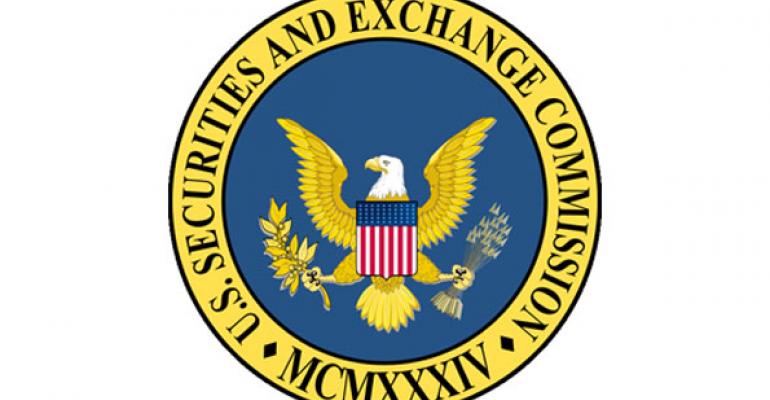Hundreds of small and mid-sized RIAs missed the June 28 deadline to switch their registrations from federal to state jurisdiction, and the regulators are starting to crack the whip on the stragglers—sort of.
The move is required as part of Dodd-Frank regulatory reforms; advisors with $25 million to about $100 million in assets who functioned under SEC oversight were mandated to make the switch, freeing up the federal agency to focus on larger practices. Nearly 300 RIAs have failed to do so, according to the commission.
The SEC isn't lowering the boom just yet. It recently announced that those RIAs who were out of compliance had until Dec. 17 to finish what should have been completed nearly six months earlier. After that date, the SEC may elect to cancel the registrations, effectively barring the advisors from practicing legally. It may also allow individual hearings at which advisors could make their arguments against transferring to state oversight.
"The regulations are the regulations, and non-compliance with them is non-compliance, subject to all the usual remedies," SEC spokesman John Nester says.
 Regulators are choosing to accentuate the positive, portraying the transition as a successful collaboration between the SEC and state oversight agencies. The SEC says that more than 2,300 advisors have transferred so far.
Regulators are choosing to accentuate the positive, portraying the transition as a successful collaboration between the SEC and state oversight agencies. The SEC says that more than 2,300 advisors have transferred so far.
“The vast majority of switching advisers have made a smooth transition to state regulation and we are committed to working with those firms that continue to diligently pursue their state investment adviser registrations,” says A. Heath Abshure, Arkansas securities commissioner and president of the North American Securities Administrators Association.
Not everyone was so sanguine about the outcome earlier this year. Some industry observers felt that mid-sized advisors with a material presence in multiple states would have a difficult time meeting the oversight requirements of all those states.
But RIAs with significant numbers of clients in multiple states are typically big enough, in terms of assets under management, to remain with the SEC. Also, NASAA set up a coordinated review program that was aimed at streamlining the state registration process for advisors with business in four or more states.
The Investment Adviser Association cited some factors that reduced the number of advisors who were expected to transition to state oversight. The factors include a new definition of regulatory AUM which tended to increase the asset figure, an AUM "buffer" rule that can mandate state oversight when assets fall below $90 million instead of $100 million, and the allowance of mid-sized advisors based in New York state to remain under SEC jurisdiction.
Patrick J. Burns, a Beverly Hills, Calif. attorney who handles compliance issues for financial advisors, says some of his clients are among the 300 that the SEC is threatening to sanction. In some cases, he says, state regulators are behind in processing RIA applications; they tend to be more diligent in reviewing the applicants' ADV forms and client agreements.
In other cases, some newly formed RIAs had expected to meet the $100 million threshold for SEC oversight, only to fall short in the final weeks of the application process. In those cases, Burns says, they have to start a fresh application with the states.
Advisors who have made good faith efforts to abide by the rules will fare better, Burns predicts.
"I think (regulators) are more understanding if somebody is transitioning between federal and state regulators and they've just gotten caught up in all this," he says. "I think what they don't have a lot of sympathy or patience for is people who are just now starting the process of moving over to the states."






